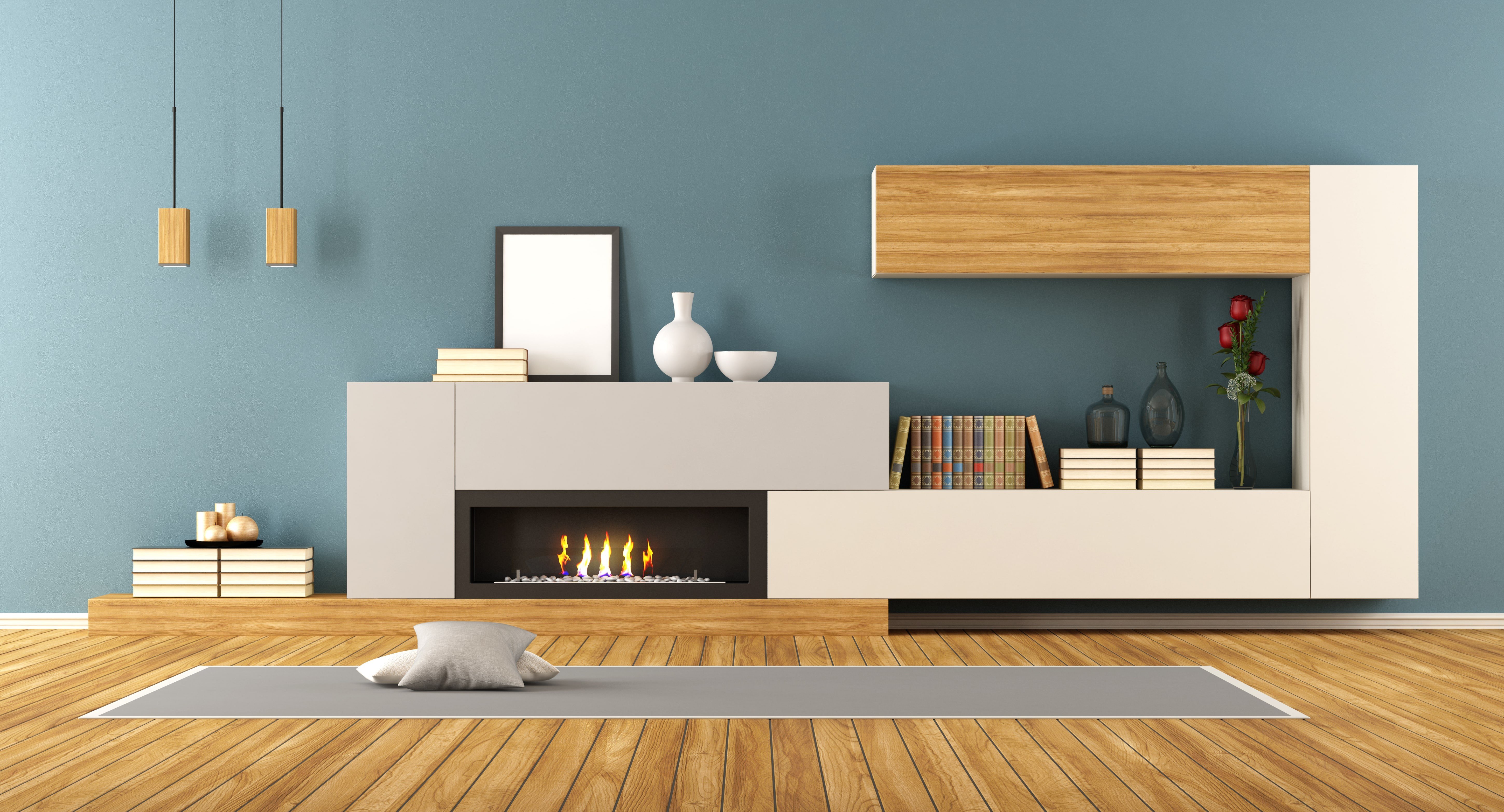The Fireplace: A Warm Embrace of Tradition and Comfort
Fireplaces have actually been an integral part of human habitation for centuries, serving as a source of warmth, a gathering location, and a sign of convenience. While the modern versions might vary incredibly from their ancient forefathers, the appeal of a fireplace endures. This post checks out the various elements of fireplaces, including their history, function, types, and upkeep, while likewise dealing with frequently asked concerns.
The Evolution of Fireplaces
Fireplaces date back to prehistoric times when open flames were utilized for cooking, heating, and defense from wildlife. Over the centuries, fireplaces developed from basic fire pits to the sophisticated performances we see today. Here is a short timeline of their development:
- Prehistoric Era: Cavemen utilized open flames for warmth and cooking. Wind and smoke often blew into dwellings.
- Middle Ages: Stone and brick fireplaces ended up being common in homes and castles, including chimneys to bring smoke outside.
- Renaissance: Elaborately developed mantels emerged, and fireplaces became centers of social interaction.
- Industrial Revolution: Innovations in heating products caused a variety of styles and functionalities.
- Modern Era: The introduction of gas, electric, and bioethanol fireplaces provided cleaner options to traditional wood-burning systems.
Table 1: The Evolution of Fireplaces
| Era | Characteristics |
|---|---|
| Prehistoric Era | Open flames for warmth and cooking |
| Middle Ages | Stone and brick structures with early chimneys |
| Renaissance | Ornate mantels, social centers |
| Industrial Revolution | Varied designs, advent of brand-new products |
| Modern Era | Gas, electric, and bioethanol options |
The Purpose of a Fireplace
Fireplaces serve dual functions: they offer physical heat and produce an emotional environment. House owners often collect around the fireplace to bond, share stories, and delight in a cozy setting. The radiance of a fire can be calming, adding to a sense of relaxation and intimacy. Beyond personal pleasure, fireplaces also provide functional advantages, including:
- Home Heating: Effective heat source, specifically in colder climates.
- Increased Home Value: A well-designed fireplace can boost the visual value of a home.
- Emergency situation Heating: In case of power failures, wood-burning fireplaces can work as a vital heat source.
- Aesthetic Appeal: A centerpiece that contributes to interior design.
Types of Fireplaces
Today, fireplaces come in numerous styles and fuel types, accommodating a diverse range of choices and settings. Here are some common types:
Wood-Burning Fireplaces:
- Traditional fire pits
- Traditional masonry fireplaces
- Require substantial maintenance and chimney maintenance
Gas Fireplaces:
- Available in both direct vent and ventless ranges
- Simpler to use and maintain than wood-burning fireplaces
- Offer instantaneous heat with a flick of a switch
Electric Fireplaces:
- Offer associated heat sources without genuine flames
- Often developed to mimic traditional fireplaces
- Ideal for smaller spaces and homes without a chimney
Bioethanol Fireplaces:
- Use bioethanol fuel, providing a sustainable alternative
- Require no ventilation and can be placed anywhere
- Safe and simple to keep
Table 2: Types of Fireplaces
| Type | Fuel Source | Features | Upkeep Requirements |
|---|---|---|---|
| Wood-Burning | Wood | High ambiance, heat source | Routine chimney cleansing |
| Gas | Natural gas or propane | Instantaneous heat | Minimal, periodic maintenance |
| Electric | Electrical energy | Easy setup | Extremely low upkeep |
| Bioethanol | Bioethanol fuel | Ventless, portable | Low, mainly cleaning up |
Maintenance and Safety Considerations
Owning a fireplace includes particular obligations, particularly regarding its safe operation and long-lasting maintenance. Here are necessary maintenance ideas and safety standards:
Maintenance Tips:
- Annual Inspection: Always have your chimney and fireplace inspected at least once a year by a certified professional.
- Regular Cleaning: Clean out ashes and debris after each use, and guarantee the flue is open before starting a fire.
- Look for Cracks: Inspect masonry for fractures or damage to avoid structural concerns.
- Usage Proper Fuel: Only usage dry, experienced wood for wood-burning fireplaces; do not burn treated wood.
Safety Guidelines:
- Install Smoke Detectors: Ensure smoke detectors are practical, testing them month-to-month and changing batteries as required.
- Keep a Fire Extinguisher: Have one neighboring, even if a fireplace is used occasionally.
- Supervise Flames: Never leave a fire unattended, and make sure children and pets are monitored around the fireplace.
Often Asked Questions (FAQs)
1. How can I decrease smoke from a wood-burning fireplace?
To lessen smoke, use dry, experienced wood, and ensure that your chimney is clean and unblocked.
2. Is it safe to utilize gas fireplaces during a gas leakage?
Never use a gas fireplace throughout a gas leak. Instantly leave the location and contact gas services for assistance.
3. Can I install an electric fireplace myself?
Electric fireplaces are normally easy to install, but it is suggested to speak with experts to make sure security and compliance with local building codes.
4. What is the best type of fireplace for small areas?
Electric fireplaces or bioethanol designs are often best for small areas, as they do not require comprehensive ventilation or structural modifications.
Fireplaces have actually transcended their original purpose of providing heat to end up being valued elements of home design and domesticity. Wood Burning Fireplaces UK stimulate memories of heat, celebrations, and togetherness while offering practical benefits that boost modern living. By comprehending the different kinds of fireplaces, their maintenance, and security practices, house owners can enjoy the classic appeal of this precious feature for generations to come.

